By analysing the relationship between polaritons and disorder, researchers have redefined what conditions are necessary for the successful delocalisation of polaritonic wavefunctions.
Although light plays an essential role in chemical reactions, interactions between photons and molecules are usually much weaker than intramolecular interactions. This so-called weak coupling regime between light and matter serves as the basis for spectroscopy and photochemistry. In some situations, however, the interactions between photons and molecules are strong enough to overcome molecular dissipation processes, thereby entering the so-called strong coupling regime where the quantum molecular states of the system become a combination of light and matter called polaritons. The strong coupling regime can be achieved by placing the molecular system inside a resonant microcavity, which contains electromagnetic radiation, reducing losses and boosting energy exchange between the electromagnetic radiation and the molecular system.
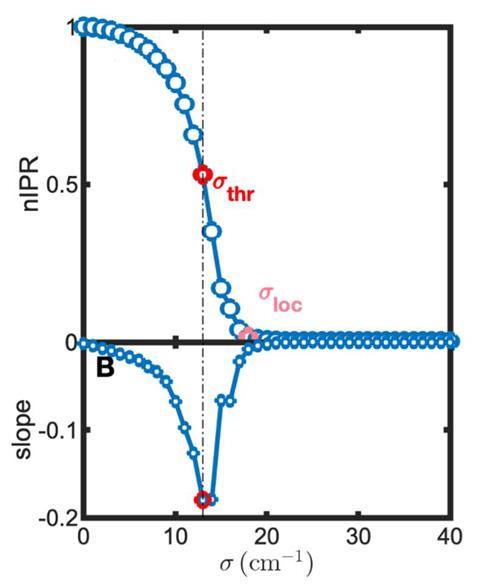
Delocalised polaritonic wavefunctions describe the coherent interaction between the optical and molecular modes, and can give rise to collective behaviour and long-range interactions between different molecules in the system. Such delocalised wavefunctions have proven to be an effective route to controlling molecular reactions as they can facilitate intra- and inter-molecular vibrational energy transfer. Polaritons can therefore open new pathways for chemical reactions as they modify the reaction potential energy landscape. Conversely, the cavity contains other incoherent modes, known as dark states, that are more responsive to disorder than polaritons and could potentially break the delocalisation.
Now, Wei Xiong and colleagues at the University of California San Diego in the US have developed a new methodology to assess the delocalisation properties of polaritonic wavefunctions. The method is based on solving the Tavis–Cumming model for light–matter interactions under a Gaussian energy disorder. The findings challenge previously accepted criteria for robust delocalisation within the strong coupling regime. And for higher levels of disorder, the team observed a sharp transition from delocalised to localised polaritons.
The research provides a quantitative threshold to obtain delocalised polaritons within the strong coupling regime in the presence of disorder. ‘As the majority of chemical systems are somewhat inhomogeneous, a challenge directly out of [our research] is that the system needs to have extra-large coupling strength in order to guarantee delocalised polaritons. This strenuous condition may make some systems unrealistic to prepare delocalised polaritons using a Fabry–Perot cavity – the most common cavity used so far in polariton chemistry. Yet, it shows directions for future research such as minimising the cavity volume to enhance the vacuum electromagnetic fields, using plasmonic or photonic cavities,’ says Xiong.
‘Even though a spectrum can look like there is strong coupling, this does not necessarily mean that there are delocalised polaritons. Since many of the physical and chemical effects of polariton formation rely on their delocalised nature, this means that the relevant criterion determining whether one can expect any effects is more stringent than the one determining whether strong coupling has been reached or not,’ explains Johannes Feist, an expert on polaritonic chemistry from the Autonomous University of Madrid in Spain. ‘The most valuable contribution of the [research] is the concrete criterion that it provides based on a simple model.’
Although the interplay between polaritons and dark states and how they affect chemical reactions is still being disentangled, this criterion for polaritonic delocalisation helps clarifies the required conditions for polaritonic chemistry experiments.
References
This article is open access
T Liu, G Yin and W Xiong, Chem. Sci., 2025, 16, 4676 (DOI: 10.1039/d4sc07053d)
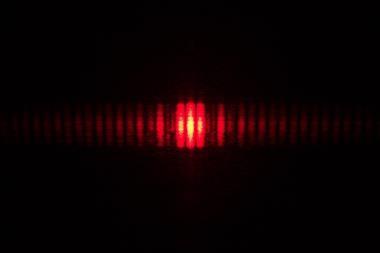
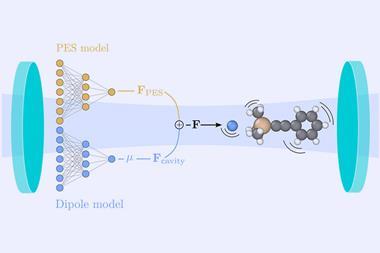
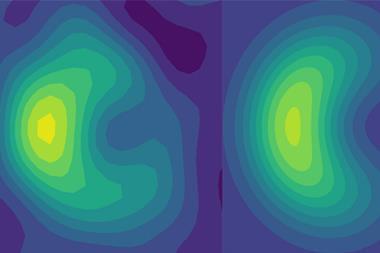
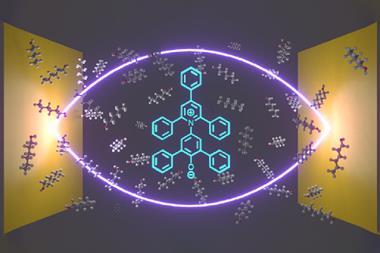
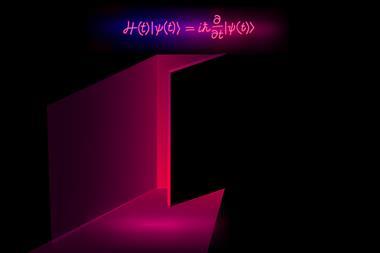
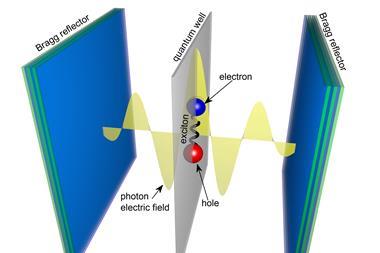
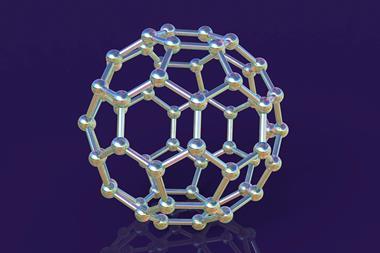



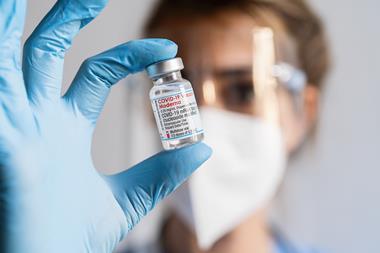

No comments yet